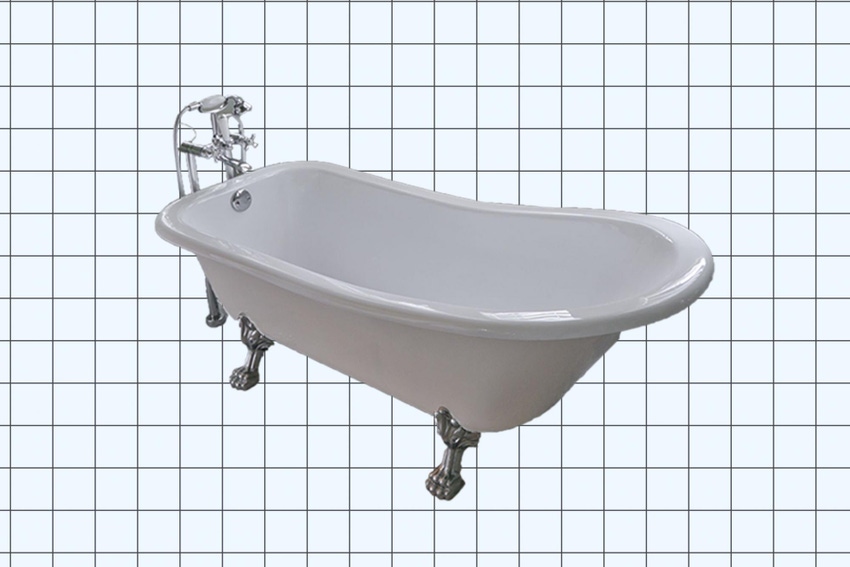Sustainable packaging and the bathtub-shaped curve
May 25, 2016

Eco-Insights expert Robert M. Lilienfeld points out the invaluable lesson learned from a bathtub-shaped curve and what it means for sustainable packaging.
A bathtub shaped curve indicates that both too little and too much of something can be bad: Too little water causes dehydration. Too much causes drowning. As the old saying goes, the dose makes the poison.
What does this have to do with sustainability for packaging?
Consider PET bottles. For marketing and production efficiency reasons, some contain more plastic than is needed to safely protect the liquid within. Obviously, too much plastic is wasteful when it’s not actually needed.
On the other hand, in an effort to reduce waste through source reduction, some PET bottles have been light-weighted to the point that they burst when being warehoused, spilling the far more valuable products contained within.
The same situation exists for recycling. Example: Paperboard that does not contain high levels of recycled fiber is considered less sustainable, as virgin fibers have a larger environmental footprint. Yet, cartons made of too much recycled (and thus shorter, weaker) fiber may not effectively protect what’s inside, once again increasing the potential for far more costly damage to the product itself.
For all materials and packages, there comes a point of marginal utility where too much (or too little) of a good thing actually becomes a bad thing. At that point, the goal is no longer to do more with less, or less with more, but to use innovation to create new, more efficient product delivery systems and paradigms.
I doubt that I’m telling you anything you don’t already know.
The problem is, well-meaning consumers and policymakers who call for less virgin material and/or more recycled content don’t know what we know. They probably think we’re always on the downhill slope of the bathtub curve. Thus, as they work to pass laws requiring 100% recycled content, 100% compostability, 100% bio-polymers, etc., they are also putting in motion the laws of unintended consequences.
Ironically (and sadly), while our deep subject knowledge puts us in a good position to know where to draw the line, our dependence on the materials and packages in question makes our expertise suspect: We are accused of trying to protect our existing businesses, rather than working to protect the environment
How do we overcome this situation? What similar material or packaging examples are out there? How do we educate policymakers, the media, and consumers about the bathtub shaped curve? Most importantly, how do we convince them that we actually have the knowledge and experience to help achieve the goals in question?
Over the next year, I’ll be exploring these issues. I invite you to explore them with me and help discover other examples of the “too much of a good thing” syndrome, along with ways to prevent the syndrome from occurring.
AMERIPEN and its Technical Advisory Group (TAG) are analyzing examples of this “all or nothing” thinking in order to develop better “design for sustainability” strategies, and to communicate to policymakers the benefits of these innovative new ideas.
Please join us. We’ll all benefit if you do.
What do you think? Please comment below.
Robert (Bob) M. Lilienfeld has been involved with sustainable packaging for more than 20 years. He is currently editor of The ULS (Use Less Stuff) Report, a marketing and communications consultant to AMERIPEN and other organizations, and is a professional photographer.
About the Author(s)
You May Also Like




